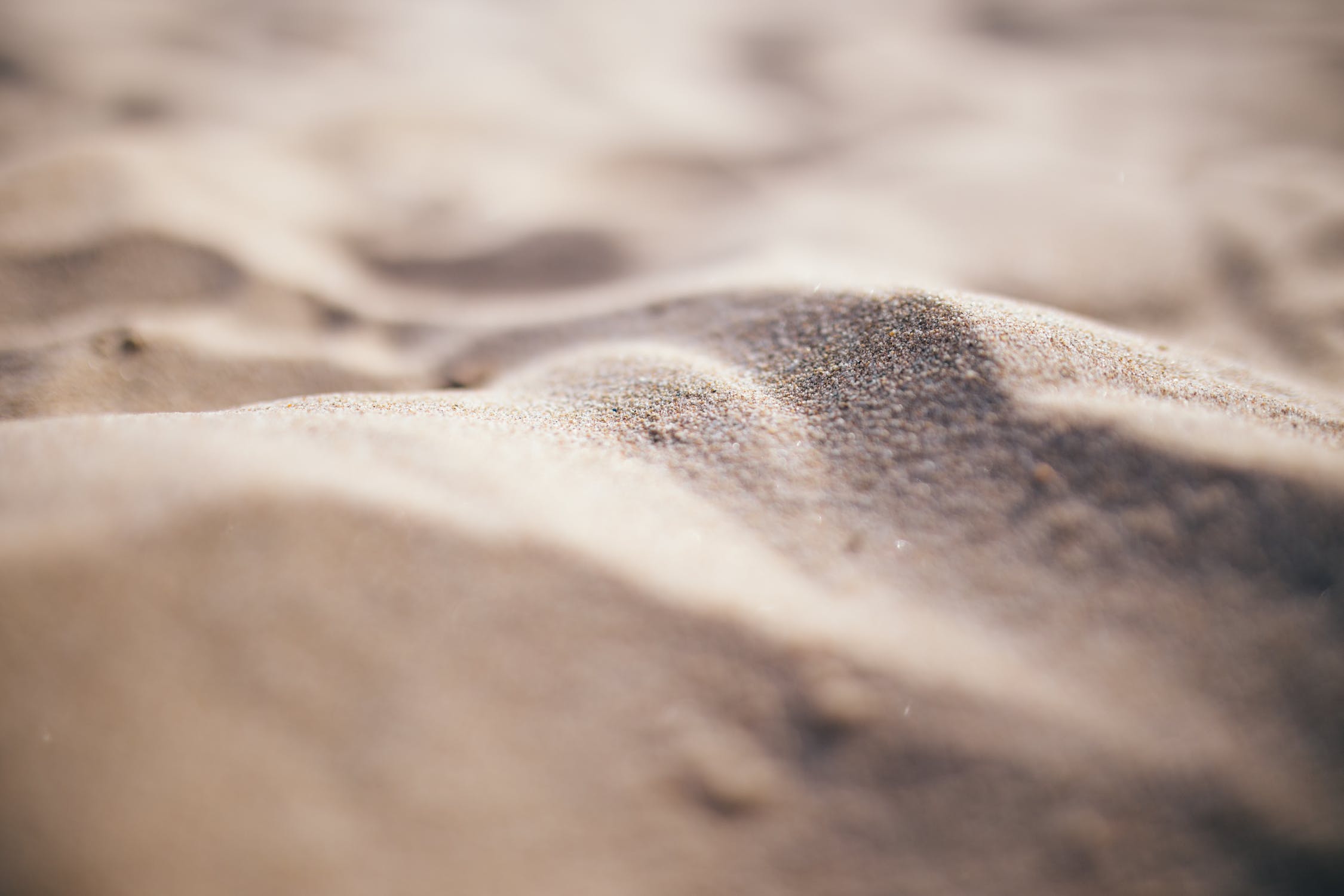About the Creative Arts

Art
Malchiodi (2006) provides a description of what art therapy involves - the focus is on our inner experience. Different from art classes where you may be asked to draw from your imagination, in a therapeutic session, our inner world of images, feelings, thoughts and ideas are always of primary importance to the experience
“Art washes from the soul the dust of everyday life.” Pablo Picasso

Clay
For Creative Arts Therapists clay is an essential element of the toolkit. It is a medium that helps facilitate the processing of experiences and emotions.
The opportunity to make a concrete thing out of the piece of clay, which is a symbol and a metaphor of one’s inner world, is important to the therapeutic process.
“Clay-work involves an intense and powerful tactile experience of touching and haptic involvement. Touch was identified as one of the first sensory responses to develop in humans (Frank, 1957; Montagu, 1978).
Tactile contact is actually the first mode of communication that an infant learns. For humans, the early stages of life are dominated by oral and skin contact between infant and caregiver (Hunter & Struve, 1998). Thus, clay-work involves a very primal mode of expression and communication. Touch in clay work also requires body movements and endless opportunities for touching and modelling. Thus clay-work makes possible an entire non-verbal communication for the creator.
“When clay is available to touch, to hold and squeeze, the hand comes to life. Before long, we can count on something special being created.” David Henley (2008)

Dance & Movement
Dance has been fundamental to human life since the beginning of time. It is a form of self expression, communication and celebration of life and community. Indigenous peoples have practiced dance as a healing art since our earliest histories.
In the early to mid 20th Century, dance and movement as a healing modality began as well as an acceptance of the integral link between mind and body, that motion and emotion are interconnected.
Dance and movement are used in therapy to promote self-awareness, self-esteem and a safe space for the expression of feelings. Like all creative mediums, dance and movement can express aspects of our personality.
When used in a creative and therapeutic way dance and movement helps individuals to achieve emotional. cognitive, physical, social and spiritual integration. It has been found to be beneficial in the reduction of stress, mood management and disease prevention. The physical component of this medium offers increased muscular strength, coordination, mobility and decreased muscular tension.
“If you just set people in motion, they’ll heal themselves."Gabrielle Roth

Music
The concept of using music as a tool for healing purposes is ancient – it can be traced back to the works of Plato and his student Aristotle. It emerged as a formal profession after World Wars 1 & 2 when the influence of community musicians at hospitals was realised as a positive influence for the veterans suffering from both physical and emotional trauma.
Music plays an important role in our everyday lives. It can be joyful or sad, exciting or calming, can stir memories and powerfully resonate with our feelings, helping us to express them and to better communicate these feelings to others.
Music can also prove helpful when emotions are too confusing to express verbally or when words are too much or just not enough.
"Music and Rhythm find their way into the secret places of the soul.” Plato

Sandplay
“Sandplay is a powerful therapeutic technique that facilitates the psyche’s natural capacity for healing. In a “free and protected” space provided by the therapist, a client creates a concrete manifestation of his or her imaginal world using sand, water and miniature objects. In this way Sandplay helps honour and illuminate a person’s internal symbolic world and provides a place for its expression within a safe container, the tray filled with sand.” H. S. Friedmann
Sandplay gives an adult or child the opportunity to portray rather than verbalise, feelings and experiences often inaccessible or difficult to express in words. Within the sandplay experience, inner conflicts and traumas may emerge and are worked through non- verbally in the images that appear in the tray of sand. As the inner struggles begin the process of resolution, the sandplayer is freed to resume his/her normal, healthy patterns of growth and development.
“Often the hands know how to solve a riddle with which the intellect has wrestled in vain.” C. G. Jun